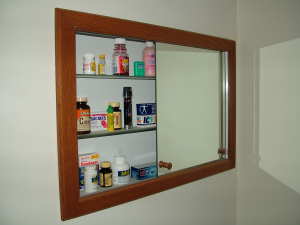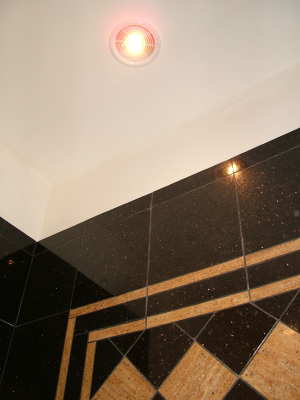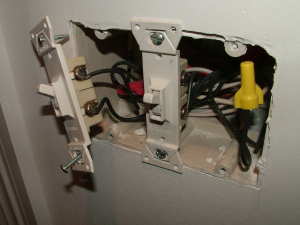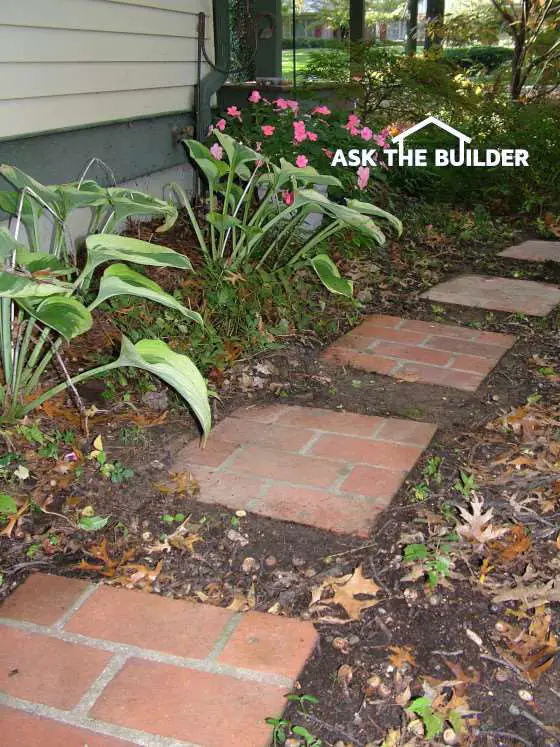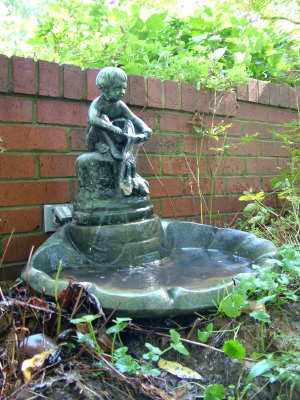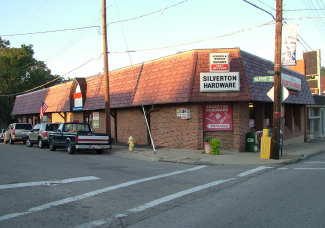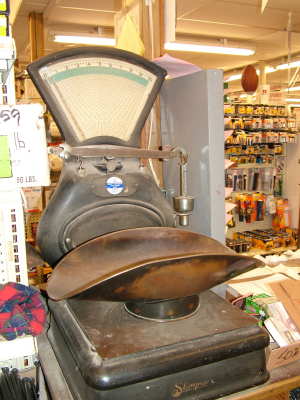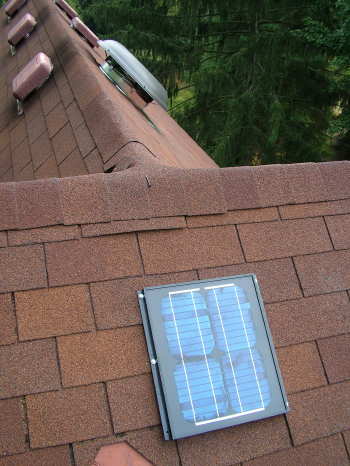My How to Make a Video has a story behind it. Most videos are made for a reason, but this one was special. My video was produced the second week of October, 2006 as part of an hour-long presentation I had to give in front of an Internet mastermind group to which I belong. Many in this group are very dear friends, and I was trying to get them excited about the new world of Internet video. I decided to act a little silly at times to make them laugh, and laugh they did!
Many in my mastermind group have never been in front of a camera, and I wanted to share some tips that have worked for me over the years. But trying to squeeze years of my own experience into ten minutes does not do the topic justice. That makes sense when you consider that students go to school for four years to learn the basics of the videography business. I just barely scratched the surface of the topic in this short video.
Over the past ten years, I have taped hundreds of short videos for network television. One thing I learned during that time period is good equipment is absolutely a necessity. You and I can debate this till the cows come home, but talk to any professional and they will tell you a good video camera, a professional tripod and a light kit are the basics you need to produce semi-professional results. I also wanted to give my friends, and anyone else who watches the video, a simple primer of what to do and what not to do.
Watch any number of amateur videos on the Internet and you quickly see why a good camera and a tripod are necessary to make semi-professional videos. I know some people are attracted to home-grown videos that have little or no editing, but I think many will agree over time that viewers and businesses that want to market products will be attracted to videos that are more professional.
A tripod is very important. Without a tripod, the video camera can move and shake. Jiggling video is just like static on a radio. Viewers can find the movement bothersome, and this subtle movement can divert attention from the message in your video. If you can't afford a great tripod, set your video camera on a stick or some other device that allows you to hold it as still as possible.
As you watch my video, you might be tempted to think I was given the equipment or paid to say nice things. Not so. I paid for every piece of equipment you see in the video. I bought the equipment based upon recommendations for professionals who are in the video business. Years of working with tools in building and remodeling have taught me that it really pays to work with quality, so I bought good stuff. Here is a list of the equipment I used to film this video and all of the other ones I am doing.
After looking at many video cameras, I picked the Panasonic PV-GS500 because of the great reviews I read online. John Wall, a very good friend of mine who is a professional video producer, told me about this camera. He explained the importance of the good optics as well as the three separate color chips. I am shocked at how clear the images are when you zoom in on an object.
Another professional, Michael Keating, gave me the heads up on my tripod. It is a Bogen 755B video tripod with a Bogen 3130 QR Micro Fluid Head. When you buy a tripod like mine, you actually are buying two separate parts. The legs are one part, and the second part is the actual head which connects the video camera to the tripod legs. There are many different heads as well as types of tripod legs. You can spend four figures quickly if you want a super-professional tripod.
The camera needs to be level when you shoot, and these quick-adjust fluid heads allow you to do that quickly. If you try to use a simplistic still camera tripod, you will struggle to get the camera level.
You need to have exceptional audio. I experimented first with a lower quality wired microphone, but was disappointed in the results. There was lots of electronic hum. So I spent the money and went wireless. It is so nice to have a wireless microphone, and my Sennheiser EW112P-G2 Evolution System gives me near perfect professional audio. This wireless microphone has all sorts of settings that allow you to minimize background noise and produce crystal-clear audio.
The lighting kit with bounce umbrellas was purchased at a local camera shop. The high-intensity halogen bulbs get very hot and produce a brilliant white light. Lighting is everything in video production as well as still photography. You can spend all sorts of time trying to properly light a scene to get the right balance of lights, and minimize or eliminate shadows. Wait till you discover how much time you will spend adjusting and positioning lights!
I wish you the best, and hope you have some fun as you make your own videos. Remember, it is easy to take short cuts. Invest the time and money to make the best videos you can. You will never regret it.
